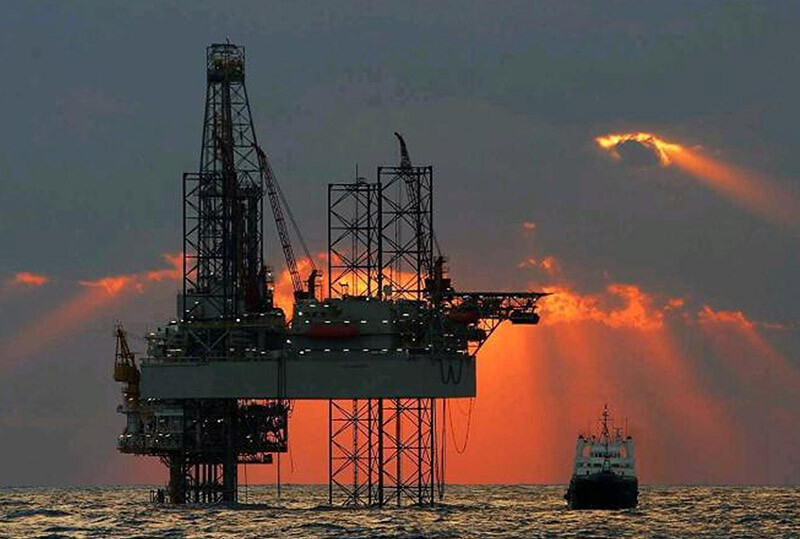BOEM continues to seek supplemental financial assurance to cover the expected decommissioning costs of oil and gas infrastructure in the Gulf of Mexico. The organization’s goal is to protect the U.S. taxpayers from incurring the costs associated with industry’s decommissioning liabilities.
Since 2017, BOEM has focused on supplemental financial assurance for all sole liability properties where the owner is not financially strong, as determined by criteria found in the regulations at 30 CFR 556.901. BOEM defines sole liability properties as those where only one owner is liable for the lease or grant obligations. If the single owner defaults, there is an increased risk that the government will have to pay for the decommissioning costs.
Moving forward, BOEM will broaden that focus to include supplemental financial assurance for certain high-risk, non-sole liability properties. These properties present significant financial, safety, and environmental risks for the federal government. BOEM defines non-sole liability properties as those that have more than one owner.
BOEM’s expanded financial assurance focus on non-sole properties include those:
• that are inactive, where the production end of life is fewer than five years,
• with damaged infrastructure, regardless of the remaining property life of the surrounding producing assets.
BOEM is prioritizing non-sole properties that are owned by companies that are not financially strong and that have no co-owners or predecessors who are financially strong. The owners will be analyzed based on the five criteria in 30 CFR 556.901(d)(1) to determine if the lessee should be required to supply supplemental financial assurance.
A high-risk category is inactive properties. Inactive properties do not have the potential for future production and are unlikely to be purchased by a new company if the owner(s) defaults. The economic life of the property has been exhausted, and it holds little to no financial value, making it unattractive to prospective buyers.
The next area of focus is properties with fewer than five years of economic life. While these properties have thin profit margins and are not appealing to larger operators, smaller companies with less overhead may be able to garner the last remaining profits from these properties. The shorter life makes these properties risky and more vulnerable to companies abandoning the decommissioning liability. By engaging the owners during operations, financial assurance would be in place before the properties become too unattractive for surety companies to issue bonds. In addition, properties near the end of their economic life may pose increased risk of safety and environmental incidents as the infrastructure is older.
BOEM believes that some of the riskiest properties are those that have been damaged and pose a safety and environmental threat. Not only is there exposure for the decommissioning liabilities, but there could also be costs associated with a safety or environmental incident. BOEM will collaborate with the Bureau of Safety and Environmental Enforcement (BSEE) on these damaged properties, and once identified, BOEM could pursue supplemental financial assurance, in addition to BSEE taking any appropriate enforcement actions that may be necessary.




